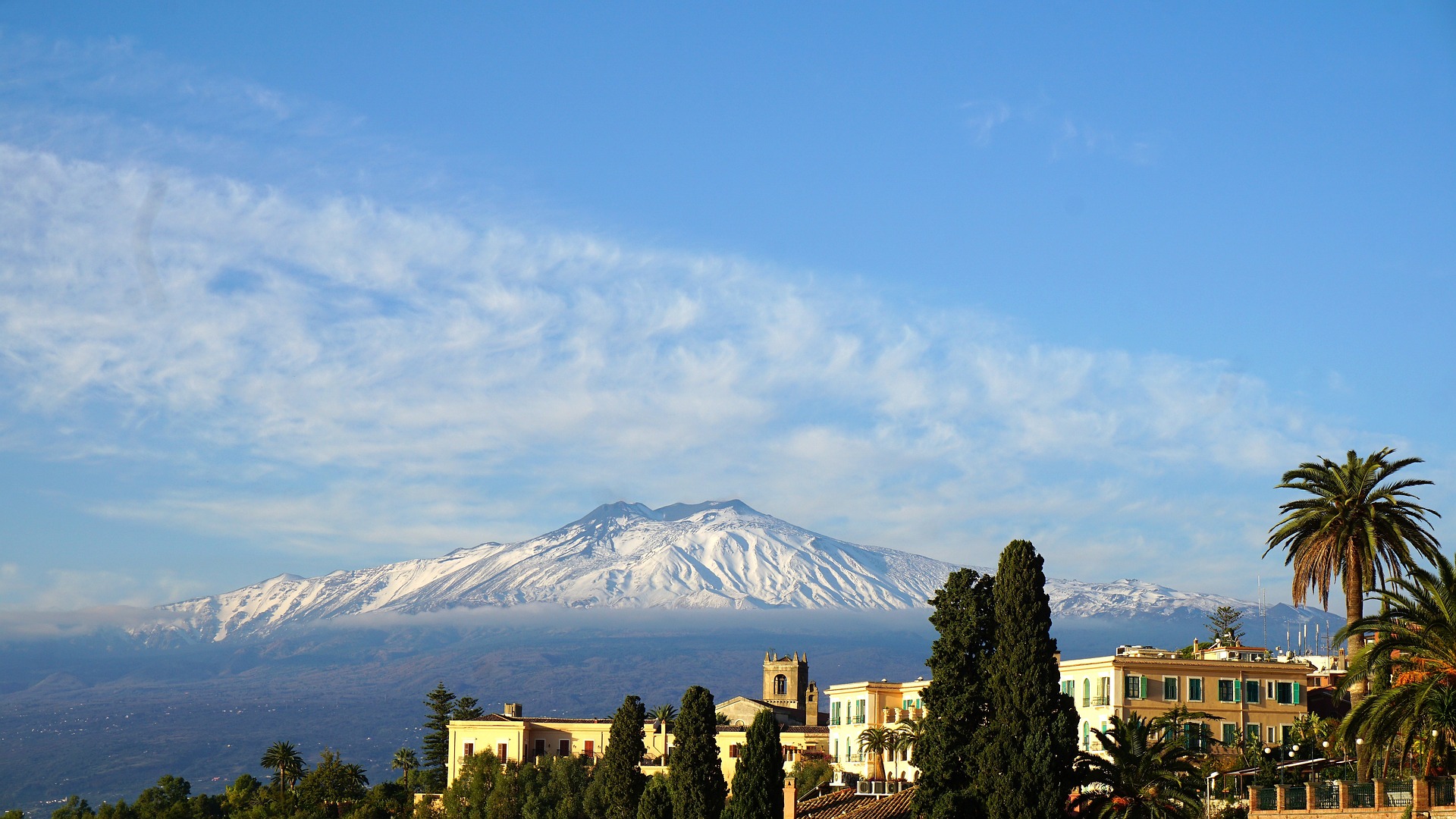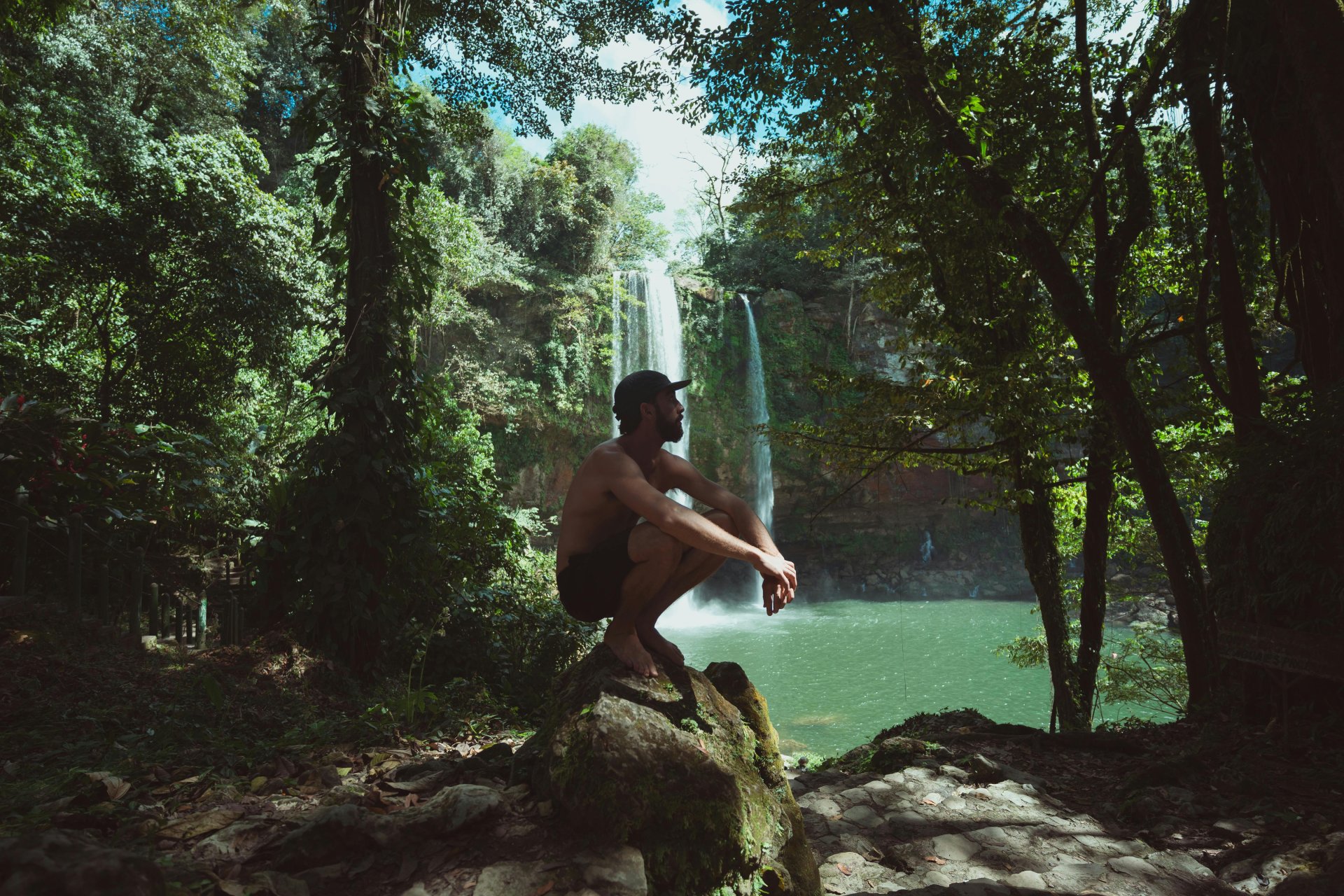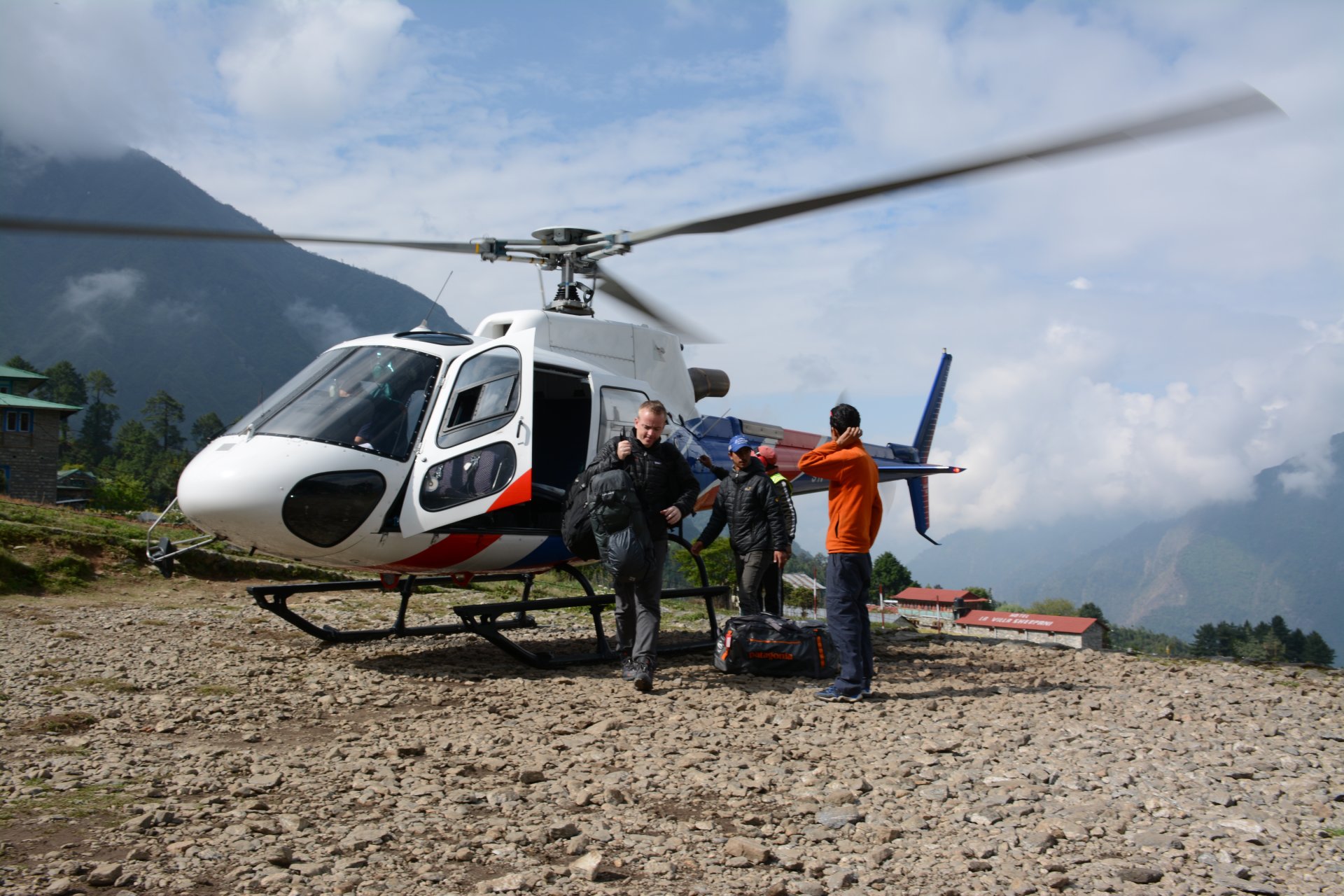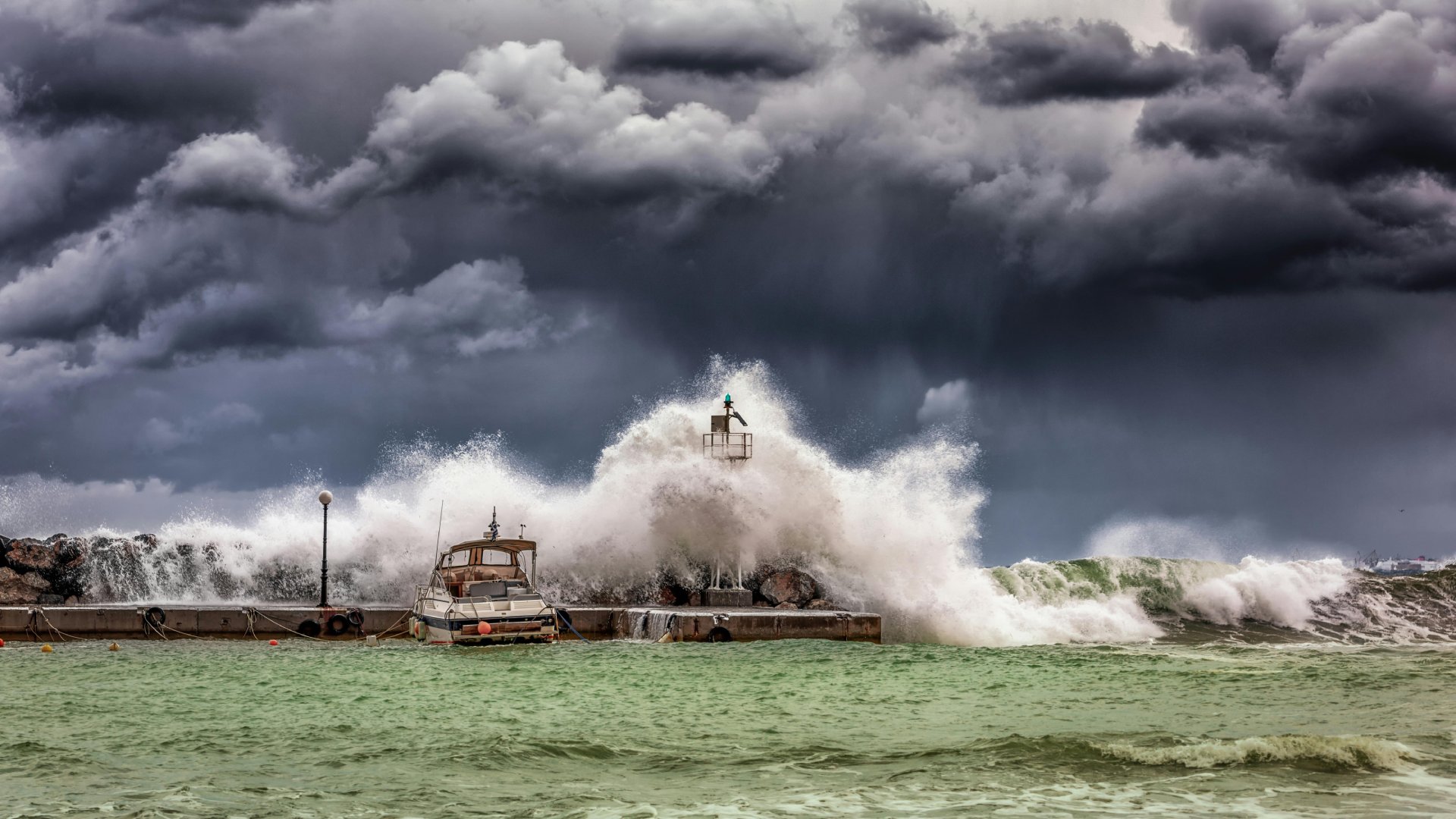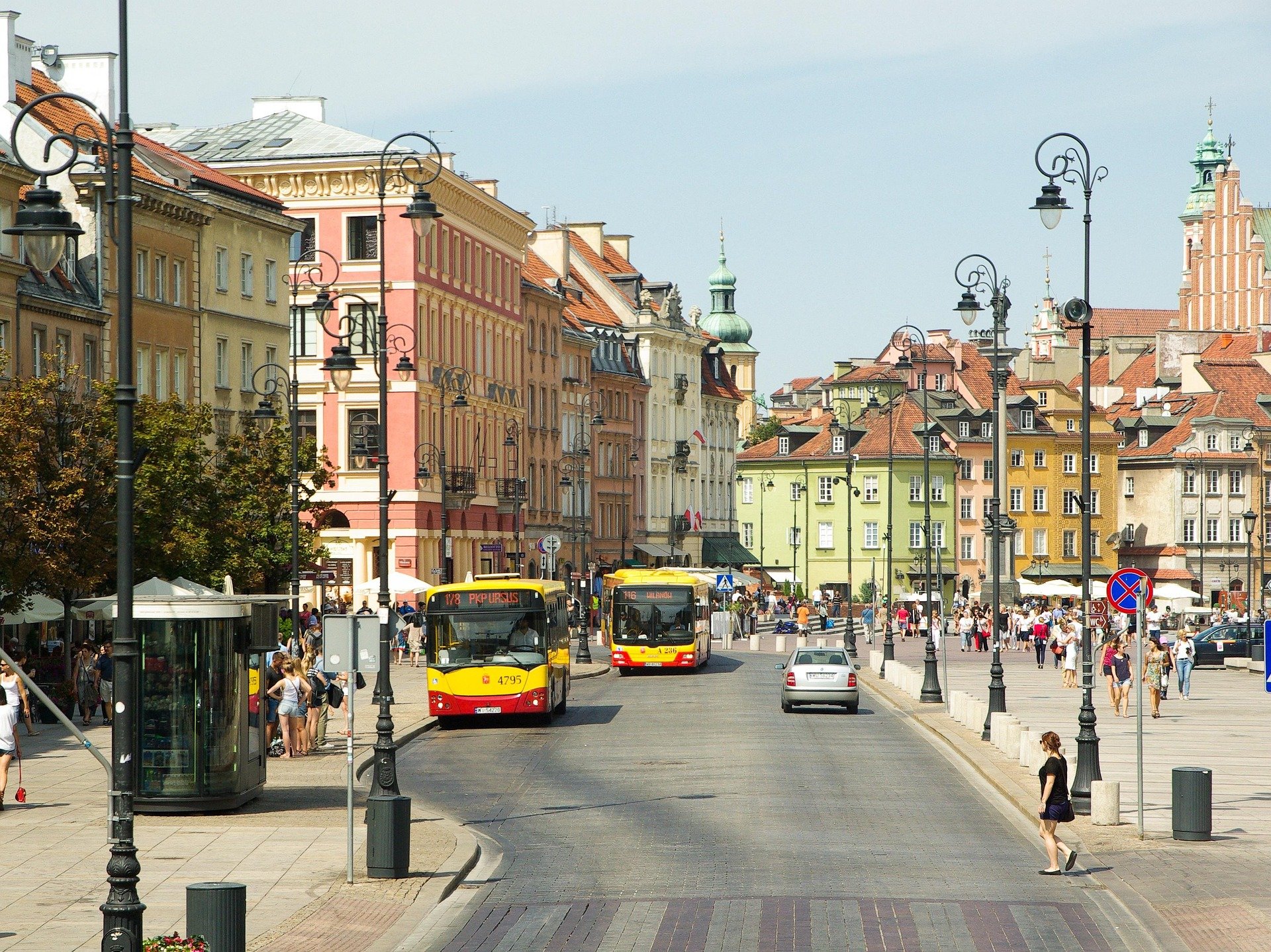Article Highlights
- Explore volcano tourism: lava field tours, eruption tours, and the dangers travelers should know.
- Discover the world’s most active volcanic destinations, like the Pacific “Ring of Fire” and Iceland.
- Essential survival tips for volcanic eruptions, including emergency kits and safe evacuation strategies.
- Understand volcanic ash risks, including aviation disruptions and damage to vehicles.
- Stay informed on how Global Rescue monitors volcanic activity and provides life-saving evacuation assistance.
Volcano Tourism: Exploring the Edge of Earth’s Power
Volcano tourism has grown in popularity as adventurous travelers seek thrilling experiences. Activities like lava field hikes, crater tours, and eruption viewings offer a front-row seat to nature’s most powerful spectacle.
- Iceland: Known for volcanic hot springs, the Fagradalsfjall eruption drew thousands of tourists to its glowing lava flows.
- Hawaii: Volcanoes National Park offers safe lava tours near Kilauea’s active vents.
- Italy: Mount Etna and Stromboli are iconic destinations for volcanic treks.
While thrilling, volcanic activity poses dangers such as ash inhalation, toxic gases, and sudden eruptions. Travelers should adhere to official warnings, avoid unstable areas, and carry emergency kits, including masks and goggles.
What Are Volcanoes and Where Do They Occur?
Volcanoes are openings in the Earth’s crust where molten lava, ash, and gases escape. According to the U.S. Geological Survey, volcanoes are categorized into:
- Active: Erupted within the last 10,000 years.
- Erupting: Currently active and erupting.
- Dormant: Capable of erupting again but inactive for long periods.
- Extinct: Unlikely to erupt again.
The Pacific Ring of Fire, encircling the Pacific Basin, is home to 75% of the world’s active volcanoes. Destinations like East Africa’s Rift Valley, Iceland, Indonesia, and Mexico remain popular despite their volcanic risks. Surprisingly, eruptions are statistically more likely during the northern winter months, increasing traveler vulnerability in peak tourism seasons.
Recent Volcanic Eruptions and Their Impact
Major eruptions like Iceland’s 2010 Eyjafjallajökull volcano demonstrate how disruptive volcanic ash can be. The ash cloud grounded flights across Europe for six days, impacting thousands of travelers. In addition to flight disruptions, eruptions can trigger mudslides, earthquakes, and wildfires.
For example:
- Mount Agung, Bali (2017): Forced mass evacuations and halted tourism for months.
- Taal Volcano, Philippines (2020): Spewed ash across nearby cities, disrupting daily life.
- La Palma, Canary Islands (2021): Destroyed villages and displaced thousands.
Volcanoes remain largely unpredictable despite technological advances, though monitoring systems offer some early warnings. Travelers should research their destinations and remain alert to local advisories.
How To Survive an Earthquake and Volcanic Eruption
Volcanoes captivate travelers with their raw power and stunning natural beauty but also pose serious risks. With 1,500 volcanoes worldwide—50 of which erupt annually—knowing how to prepare and respond to a volcanic eruption is critical. Whether you’re an adventure seeker exploring lava fields or simply visiting an area prone to seismic activity, this guide will equip you with essential survival strategies while uncovering the wonders and dangers of volcano tourism.
How To Survive a Volcanic Eruption
- Do Your Homework: Before visiting volcanic regions like Indonesia, Japan, or Mexico, monitor local seismic activity through agencies like Volcano Discovery. Some eruptions are preceded by weeks or months of warning, as seen with Mount Agung in 2017.
- Bring an Emergency Kit: Essentials include dust masks or damp cloths to filter ash, goggles to protect eyes from ash and debris, flashlights, food, water, and a radio for updates.
- Be Ready to Evacuate: At the first sign of an impending eruption, leave the area immediately. Pre-arrange transportation, as volcanic ash can halt flights and ground vehicles. Withdraw cash in advance, as networks may fail during emergencies.
- After the Eruption: Avoid lava flows, river valleys, and low-lying areas prone to mudslides. Stay indoors with windows and vents sealed to keep ash out. Wear masks and cover your skin when venturing outside.
According to Harding Bush, former Navy SEAL and Global Rescue security expert, “Travelers must be ready to use any means of evacuation—air, sea, or land—when in danger. Volcanic ash can damage engines, disrupt flights, and make roads impassable, so contingency planning is critical.”
Volcanic Ash and Aviation: A Dangerous Combination
Volcanic ash poses a major threat to aviation, as its fine particles can clog jet engines and reduce visibility. Pilots are trained to avoid ash clouds, but travelers should monitor airport advisories and have alternate plans ready. Bush adds, “Volcanic ash near a flight path shuts down aviation. Travelers should always have a backup plan, as ground transport may also be affected.”
Health Risks and Precautions
Traveling near volcanoes can expose visitors to health hazards:
- Respiratory Issues: Volcanic ash and sulfur dioxide can cause breathing difficulties, particularly for individuals with pre-existing conditions. Masks are essential.
- Burn Injuries: Lava flows and sudden eruptions pose risks of severe burns. Keep a safe distance.
- Environmental Hazards: Mudslides and toxic gases can occur even after the main eruption.
The Future of Volcano Tourism
As volcano tourism continues to rise, balancing safety and exploration is essential. By adhering to expert advice, packing emergency kits, and staying informed, travelers can enjoy the awe-inspiring power of volcanoes while minimizing risks.
With hundreds of volcanoes worldwide and dozens erupting annually, travelers must respect nature’s unpredictability. Whether hiking near Iceland’s lava fields or viewing Stromboli’s eruptions, preparation and awareness are key to staying safe.
As Richards aptly states, “Travelers today are more resilient and prepared, understanding that emergencies—natural or otherwise—can happen anytime, anywhere.”
The Global Rescue Connection
Volcano eruptions are natural disasters. They are generally unpredictable and can strike without warning, but there are often warnings before an eruption, making them predictable. Travelers must take proactive steps to prepare and respond effectively.
If you’re traveling and there’s an unpredicted volcanic eruption, Global Rescue travel membership services are provided for emergency medical field rescue, medical evacuation, and medical advisory. However, if there are warnings, any subsequent volcanic eruption would be a predictable natural disaster.
“Despite technological advances, volcanoes are still largely unpredictable; however, monitoring systems can provide early warnings, and when they do, travelers should stay informed about their destinations, heed local advisories, and evacuate if needed,” said Dan Richards, CEO of The Global Rescue Companies.
By understanding the risks, creating an emergency plan, assembling a disaster supply kit, and staying informed, you can minimize the impact of volcano eruptions. Remember, preparedness is key, and everyone is responsible for prioritizing safety. By taking these measures, you can enhance your chances of staying safe, protecting your loved ones, and recovering more swiftly in the aftermath of a natural disaster.

